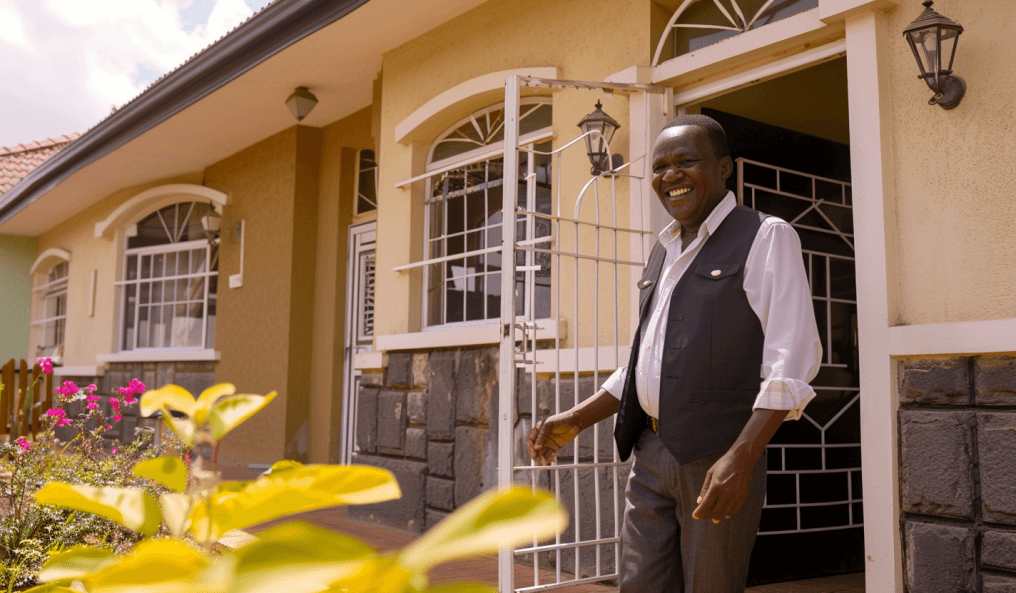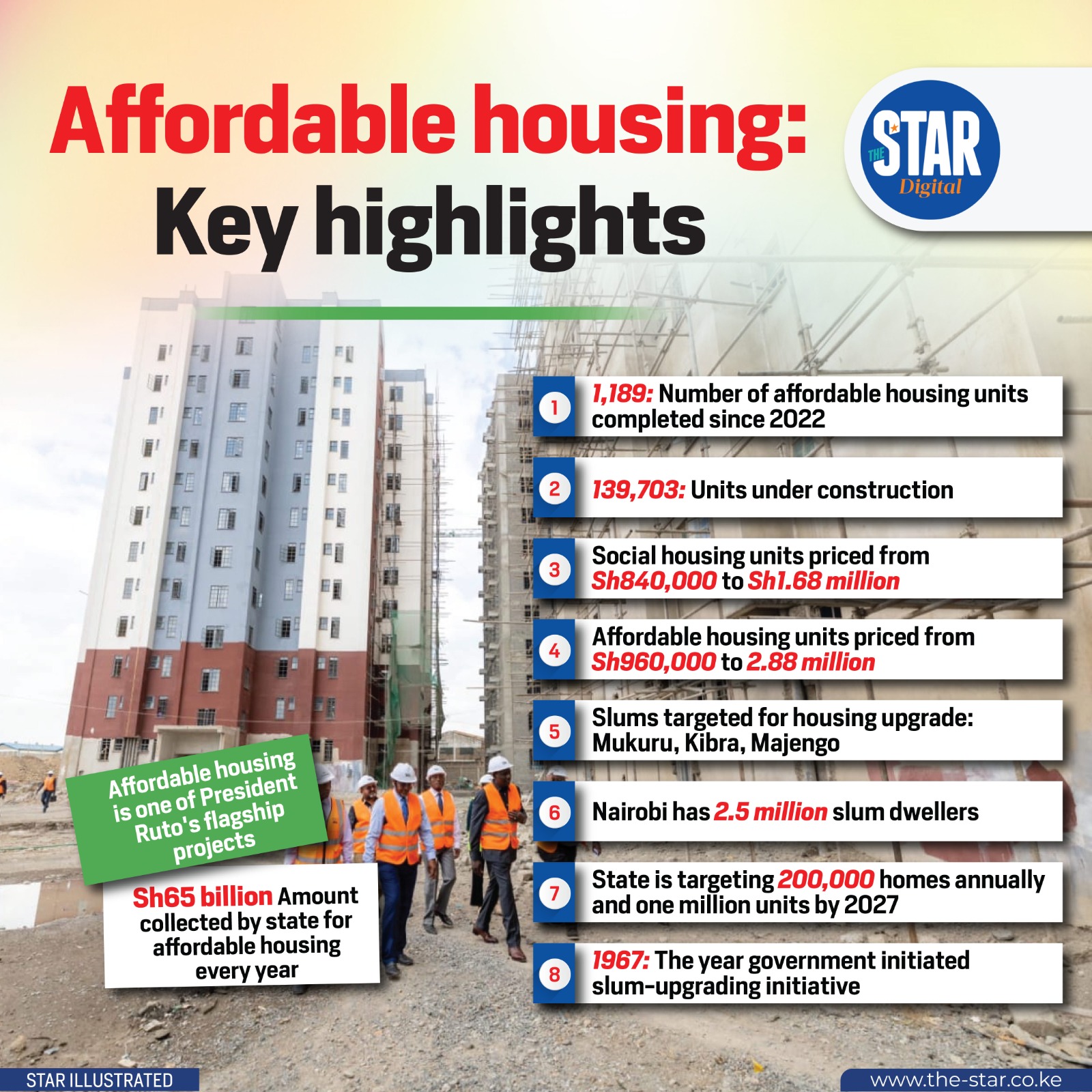The Kenya Mortgage Refinancing Company (KMRC) continues to be a transformative force in making homeownership more accessible for Kenyans. In a significant move that will further broaden its reach, KMRC is set to increase its mortgage limit from KES 8 million to KES 10.5 million in 2025. This adjustment is poised to have a substantial impact on the mortgage market, opening doors for a larger segment of the population to acquire affordable homes. This blog post delves into the implications of KMRC's increased mortgage limit and what it means for aspiring homeowners and the broader real estate sector in Kenya.
1. The Role of Kenya Mortgage Refinancing Company (KMRC)
Established in 2018, KMRC is a non-deposit taking financial institution regulated by the Central Bank of Kenya. Its primary mandate is to provide long-term funds to primary mortgage lenders (commercial banks and SACCOs) at attractive rates. This enables these lenders to offer more affordable and longer-tenured mortgages to eligible Kenyans, specifically targeting the low and middle-income segments. KMRC does not lend directly to individuals but works through its partner financial institutions.
KMRC's model aims to address key barriers to mortgage uptake in Kenya:
- High-Interest Rates: By providing cheaper, long-term funds, KMRC helps lower the effective interest rates charged by lenders.
- Short Tenors: It encourages lenders to extend mortgage repayment periods, making monthly installments more affordable.
- Limited Access to Finance: It expands the pool of funds available for mortgage lending, particularly for individuals who might not qualify for conventional commercial mortgages.
2. Understanding the Increased Mortgage Limit to KES 10.5 Million
Previously, KMRC supported mortgages up to KES 8 million. The decision to raise this limit to KES 10.5 million in 2025 reflects several market realities and KMRC's evolving strategy:
- Inflation and Property Price Growth: Property values, particularly in urban areas and satellite towns, have seen steady appreciation. The previous limit was becoming insufficient to cover the cost of decent affordable housing for many.
- Broader Income Brackets: The new limit will enable KMRC to serve a slightly higher income bracket within the middle-income segment, ensuring that a wider range of Kenyans can benefit from its affordable financing.
- Enhanced Affordability: With a higher ceiling, individuals can now access larger loan amounts for suitable properties, potentially reducing the burden of a high deposit.
- Alignment with Market Needs: The adjustment brings the KMRC product more in line with the current cost of suitable housing in key urban centers and their peripheries, making it more relevant to actual market prices.
This increase signifies KMRC's commitment to adapting to market dynamics and expanding its impact on homeownership.
3. What This Means for Kenyan Homebuyers in 2025
The upward revision of KMRC’s mortgage limit has several positive implications for aspiring homeowners:
- Increased Purchasing Power: Buyers can now afford slightly more expensive properties or larger units that were previously out of reach under the KES 8 million limit. This opens up options in well-serviced urban areas and developing satellite towns.
- Greater Access to Affordable Homes: The move will bridge the gap for a segment of the middle class that earns above the previous threshold for KMRC-backed loans but still finds conventional commercial mortgages too expensive.
- Stimulated Demand: With more affordable financing options, demand for both existing and new affordable housing units is likely to increase, encouraging more developers to venture into this segment.
- Lower Monthly Repayments (Relative to Conventional Loans): KMRC’s financing structure often translates to lower interest rates and longer tenors (up to 25 years), meaning more manageable monthly installments compared to standard commercial bank mortgages.
- Reduced Deposit Burden: While a deposit is still required, the ability to borrow a higher amount means the percentage of the property value that needs to be covered by the deposit might be relatively smaller for suitable properties.
This change significantly enhances the viability of homeownership for a considerable number of Kenyans.
4. Impact on the Real Estate Market and Developers
The ripple effect of KMRC's increased limit extends to the broader real estate market:
- Developer Confidence: With a larger pool of potential buyers able to access affordable mortgages, developers will be more confident in undertaking affordable housing projects, particularly those targeting the expanded middle-income segment.
- Focus on Middle-Income Housing: There might be a renewed focus on developing units priced between KES 8 million and KES 10.5 million, as this bracket now has enhanced access to financing.
- Growth in Secondary Cities and Satellite Towns: As properties in Nairobi become more expensive, the increased limit will enable buyers to access well-priced homes in growing towns surrounding Nairobi and other major cities like Kisumu, Nakuru, and Eldoret.
- Stimulated Construction Sector: Increased demand and developer activity will lead to a boost in the construction sector, creating jobs and driving economic growth.
Conclusion: A Stepping Stone Towards Widespread Homeownership
The decision by KMRC to increase its mortgage limit to KES 10.5 million in 2025 is a strategic and timely intervention that will significantly contribute to Kenya’s affordable housing agenda. It reflects a responsive approach to market dynamics and a clear commitment to enabling more Kenyans to realize their dream of homeownership. For aspiring homebuyers, this means enhanced purchasing power and more accessible financing. For the real estate sector, it signals a renewed impetus for growth, particularly in the middle-income housing segment. As Kenya continues its journey towards universal affordable housing, KMRC’s role becomes increasingly vital, paving the way for a future where more citizens can proudly call a house their own.




